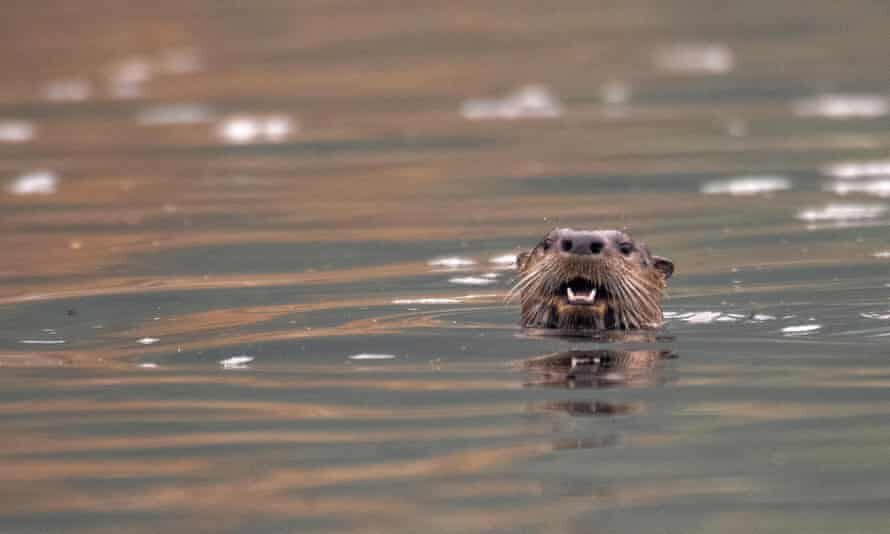OF THE
TIMES
History will have to record that the greatest tragedy of this period of social transition was not the strident clamor of the bad people, but the appalling silence of the good people.
es mas sospechoso que un gitano haciendo footing (Chiquito de la Calzada).
That the alliance was not disbanded attests that its real purpose was always to serve as a weapon for U.S.-led Western imperialism. NATO Western...
Sending more innocent men to lose their lives. This is a video of the military hardware retrieved on the battlefield from Ukraine, now on display...
Any and everything that government (currently the jewish mafia) touches will eventually be another mess that will need cleaned up, this is no...
Here's a clue but it doesn't fit in with their money-making scams with the added benefit of killing hundreds of eagles and raptors every day. It's...
To submit an article for publication, see our Submission Guidelines
Reader comments do not necessarily reflect the views of the volunteers, editors, and directors of SOTT.net or the Quantum Future Group.
Some icons on this site were created by: Afterglow, Aha-Soft, AntialiasFactory, artdesigner.lv, Artura, DailyOverview, Everaldo, GraphicsFuel, IconFactory, Iconka, IconShock, Icons-Land, i-love-icons, KDE-look.org, Klukeart, mugenb16, Map Icons Collection, PetshopBoxStudio, VisualPharm, wbeiruti, WebIconset
Powered by PikaJS 🐁 and In·Site
Original content © 2002-2024 by Sott.net/Signs of the Times. See: FAIR USE NOTICE

Comment: This once unusual aggressive behavior seems to have become increasingly common in recent years, see the reports below: